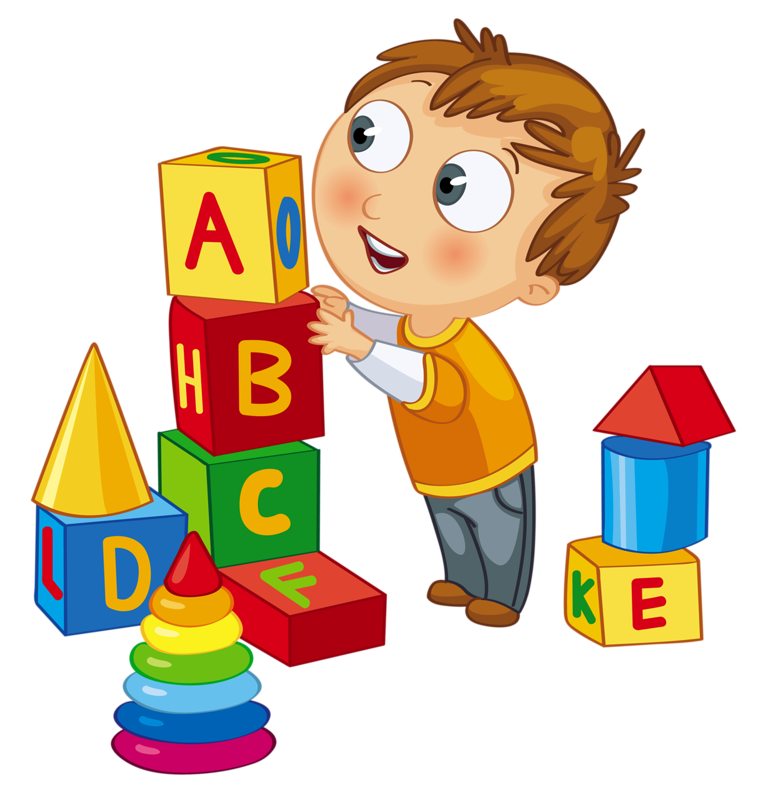Introduction: Play therapy is counselling for kids. Play therapy helps kids express their emotions via play, their natural medium. The role of play therapy may be compared to that of psychotherapy for adults. Since children have a hard time putting their emotions into words, play therapy encourages them to use toys as a substitute for talking about their thoughts.
Children are the primary recipients of play therapy, which is a sort of talk therapy. That’s because kids often can’t figure out how they feel or how to put their difficulties into words for adults. Despite initial reluctance, most kids eventually warm up to their therapist. The youngster may become more imaginative or expressive in their play as their trust in you grows. Play therapy may also help with fine and gross motor abilities, as well as encourage the use of language. Its target demographic consists of preteens and teens. Kids and grownups have trouble communicating with one another. Some youngsters, because of their young age or lack of development, simply do not have the same level of linguistic proficiency as adults. Kids may have feelings, but they often don’t know how to express them, or they don’t have a reliable adult in their life to confide in. The youngster may grow more open and forthcoming with his or her emotions as they play together. But they aren’t coerced in any way. They may do it whenever they choose and in whatever way they like. Play therapy is a kind of psychotherapy that uses play to help patients identify and work through emotional difficulties. It may be used alone, especially with youngsters, or in combination with other treatments or drugs. Play therapy allows children to freely express their emotions in a pleasant playroom with minimal limits. The child psychologist-trained therapist provides toys for kids to express themselves. The therapist may also ask youngsters about their toys to indicate their fears.
Goals of Play Therapy
Your child’s needs determine the objectives. Before treatment, the doctor asks you what you want to achieve. Goals may include:
- Taking charge
- Successfully handling problems and coping
- problem-solving creatively
- Self-respect and acceptance
- Expressing emotions properly
- Having compassion for others
- Social skills for family and friends
Utilization
Play therapy is simply play for parents. Kids need to play. Play may reveal their inner world, but it can also be therapeutic. Children may learn positive thoughts and behaviors. Play therapy helps children who are distressed, have behavioural issues, or have undergone a major life event like a parent’s death or divorce. Play therapy is employed in many children’s hospitals for significant medical operations or chronic diseases. Play therapy helps bullied and abused children. It has helped war-torn youngsters. Play therapy may help angry, depressed, or change-resistant kids work through their issues in a secure, private environment. Adults employ play therapy, too. Play therapy and cognitive behavioural therapy employ role-playing. Art, music, and writing may be soothing. In overcoming obstacles like fear and learning to master new skills, youngsters gain a sense of accomplishment and confidence. Children get insight into their lives, their feelings, and their skills as they play out their emotions, utilise their imaginations to solve issues, and develop a sense of agency. Evidence shows that parental, family, or carer involvement in play therapy improves outcomes for patients of all ages and types of mental health issues.
Workflow
Since children naturally express themselves through play, play is utilised to understand them. Play therapy, like any treatment, is by appointment, but few constraints are placed on the child’s play, and the choice of play items and how they are utilised may reveal a child’s developmental level, familial and social interactions, life challenges, and inner world. A youngster may play with trucks and phones, drawing and painting supplies, dolls and action figures, puppets, plush animals, masks and costumes, sand play, and more. Puppets may help a youngster convey a family tale. A youngster may be given a magic wand and instructed to make wishes. Play therapy is child-directed, unlike other therapies. Nonetheless, kids often doodle or act out their worries. Play therapists may tell the child’s story.
(About the Author : Dr. Smritikana Ghosh is working as an academic counsellor and has approved a project guide for IGNOU. She is a member of many editorial boards of international journals. She has published four books and more than 45 articles in international and national journals, plus 10 chapters in edited books. Her areas of interest are clinical counselling and organisational psychology.)


